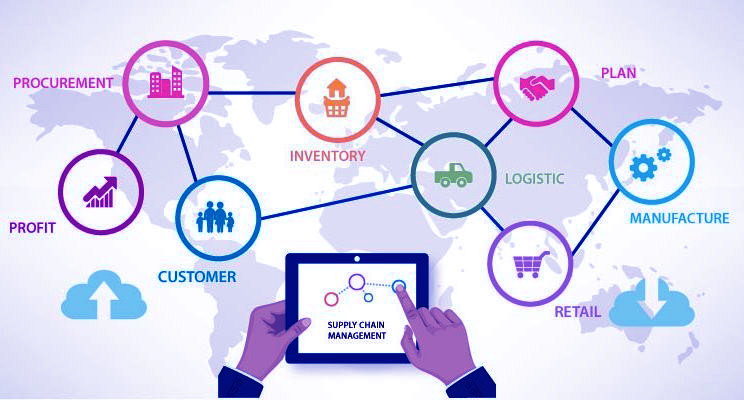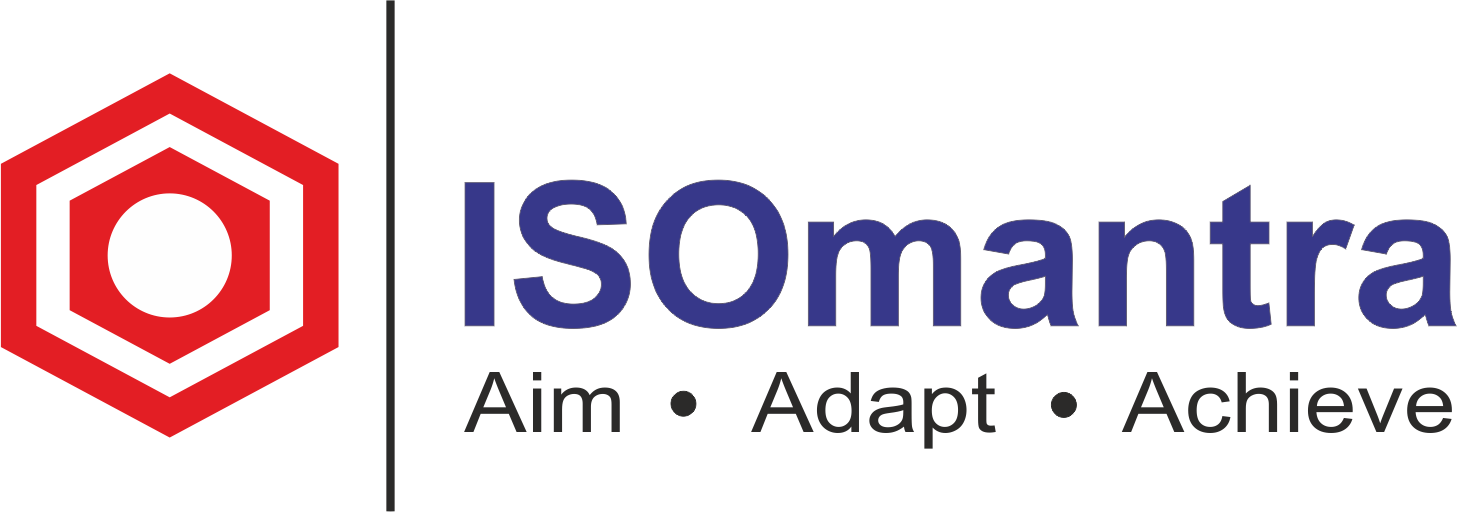ISO 28000:2007 applies to enterprises of all sizes, from small to multinational, engaged in manufacturing, service, storage, or transportation at every level of the manufacturing or supply chain that seeks to:
- Set up, maintain, and upgrade a security management system.
- Show such conformity to others;
- Seek certification/registration of its security management system from a third-party certification body that is accredited; or
- Make a self-determination and self-declaration of ISO 28000:2007 conformity.
Some of the requirements in ISO 28000:2007 are addressed in legislative and regulatory codes.
ISO 28000:2007 does not intend to demand duplicate demonstrations of conformity. Organizations that choose third-party certification can demonstrate that they are making a major contribution to supply chain security.

What exactly is ISO 28000?
The ISO 28000 standard specifies best practices for reducing risks to persons and cargo in the supply chain. It aids in the management and mitigation of potential security hazards in the logistics sector, focusing on threats such as terrorism, fraud, and piracy. ISO 28000 can assist any firm in limiting the effects of security incidents by increasing supply chain visibility and decreasing supply chain disruption.
ISO 28000 focuses on essential factors for managing and ensuring supply chain security threats. Financing, production, information management, transportation, in-transit storage, and warehousing of items are all examples of this.
The standard applies to businesses of all sizes engaged in manufacturing, service, storage, or transportation at any level of the manufacturing or supply chain.
An ISO 28000 management system can help you achieve the following goals:
- enterprise-wide resilience;
- standardized management techniques;
- increased reputation and brand awareness;
- consistent terminology and conceptualization;
- enhanced supply chain performance
- comparing against internationally recognized standards;
- improved compliance procedures
ISO 28000 is easily compatible with other important management system standards, such as ISO 9001. This is advantageous for firms wishing to integrate security features into other existing management systems.

